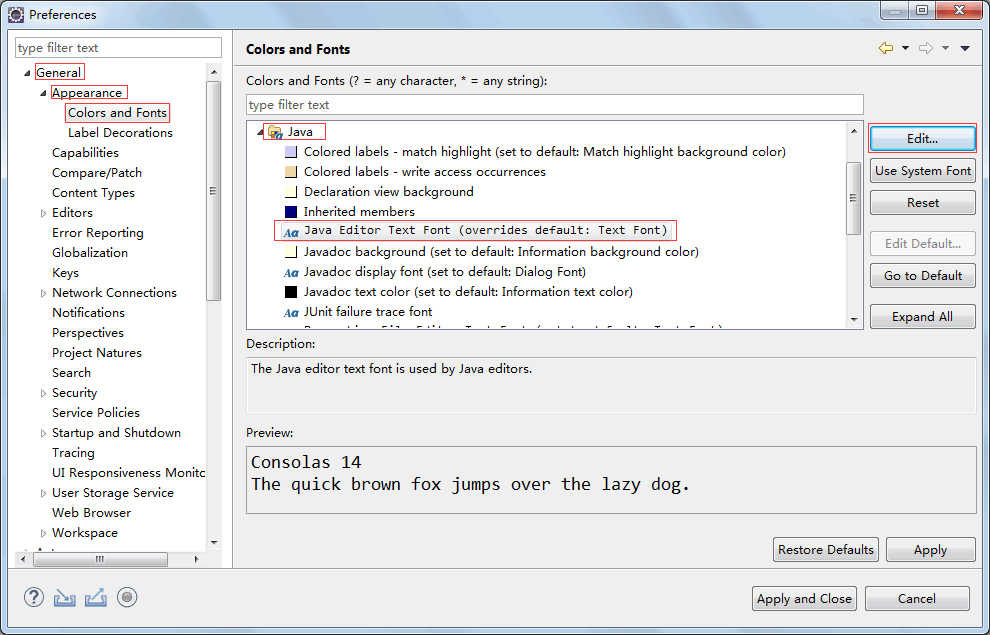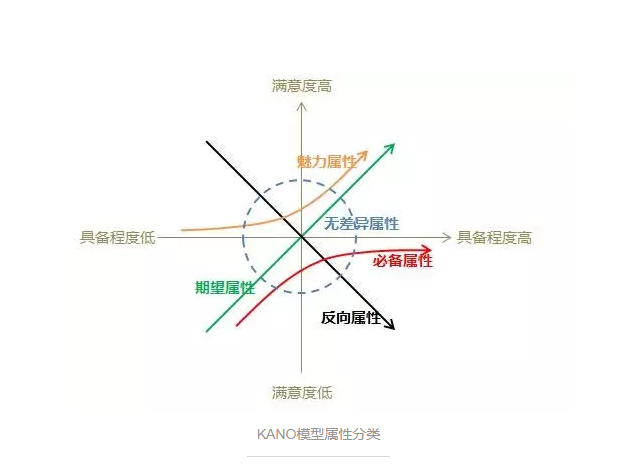LeetCode(String)1773. Count Items Matching a Rule
1.问题
You are given an array items, where each items[i] = [typei, colori, namei] describes the type, color, and name of the ith item. You are also given a rule represented by two strings, ruleKey and ruleValue.
The ith item is said to match the rule if one of the following is true:
ruleKey == “type” and ruleValue == typei.
ruleKey == “color” and ruleValue == colori.
ruleKey == “name” and ruleValue == namei.
Return the number of items that match the given rule.
Example 1:
Input: items = [[“phone”,“blue”,“pixel”],[“computer”,“silver”,“lenovo”],[“phone”,“gold”,“iphone”]], ruleKey = “color”, ruleValue = “silver”
Output: 1
Explanation: There is only one item matching the given rule, which is [“computer”,“silver”,“lenovo”].
Example 2:
Input: items = [[“phone”,“blue”,“pixel”],[“computer”,“silver”,“phone”],[“phone”,“gold”,“iphone”]], ruleKey = “type”, ruleValue = “phone”
Output: 2
Explanation: There are only two items matching the given rule, which are [“phone”,“blue”,“pixel”] and [“phone”,“gold”,“iphone”]. Note that the item [“computer”,“silver”,“phone”] does not match.
Constraints:
- 1 <= items.length <= 104
- 1 <= typei.length, colori.length, namei.length, ruleValue.length <= 10
- ruleKey is equal to either “type”, “color”, or “name”.
- All strings consist only of lowercase letters.
2.解题思路
方法1:
1.定义返回值sum为0
2.遍历items,如果ruleKey为type,color, name时,//ruleValue和取出[0],[1],[2]位置比较,两值相等+1
3.返回sum的值
方法2:
1.定义index和sum的初始值为0
2.使用 switch case 识别列表中的哪个索引,为了匹配ruleValue
3 List item,结果显示一行数据,在根据索引的值比较是否相等,如果有相等元素+1 例:[“phone”,“blue”,“pixel”]
4.返回sum的值
3.代码
代码1:
class Solution {public int countMatches(List<List<String>> items, String ruleKey, String ruleValue) {int sum=0;//1.定义返回值sum为0for(int i =0;i<items.size();i++){//2.遍历items,如果ruleKey为type,color, name时,//ruleValue和取出[0],[1],[2]位置比较,两值相等+1if(ruleKey.equals("type")) {if(ruleValue.equals(items.get(i).get(0))) sum++;}else if(ruleKey.equals("color")){if(ruleValue.equals(items.get(i).get(1))) sum++;}else{if(ruleValue.equals(items.get(i).get(2))) sum++;}}return sum;//3.返回sum的值}}
代码2:
public int countMatches(List<List<String>> items, String ruleKey, String ruleValue) {int index = 0, sum = 0;//1.定义index和sum的初始值为0//2.使用 switch case 识别列表中的哪个索引,为了匹配ruleValueswitch (ruleKey) {case "type":index = 0;break;case "color":index = 1;break;default:index = 2;}for (List<String> item : items) {//3 List<String> item,结果显示一行数据,在根据索引的值比较是否相等,如果有相等元素+1 例:["phone","blue","pixel"]if (item.get(index).equals(ruleValue))sum ++;}return sum;//4.返回sum的值}
和代码2解题思路相同,switch换成if进行判断
class Solution {public int countMatches(List<List<String>> items, String ruleKey, String ruleValue) {int result = 0;int index = 0;if(ruleKey.equals("color")) index = 1;if(ruleKey.equals("name")) index = 2;for(int i = 0 ; i< items.size() ; i++)if((items.get(i).get(index)).equals(ruleValue) ) result++;return result;}}
IDEA本地运行代码
为了了解 List
items的数据结构,添加了运行在本地代码,方便学习和理解!
public class Test {public static void main(String args[]){List<List<String>> items = new ArrayList<>();List<String> l1 =new ArrayList<>();l1.add("phone");l1.add("blue");l1.add("pixel");List<String> l2 =new ArrayList<>();l2.add("computer");l2.add("silver");l2.add("lenovo");List<String> l3 =new ArrayList<>();l3.add("phone");l3.add("gold");l3.add("iphone");items.add(l1);items.add(l2);items.add(l3);String ruleKey = "color";String ruleValue ="silver";System.out.println(countMatches(items, ruleKey,ruleValue));}public static int countMatches(List<List<String>> items, String ruleKey, String ruleValue) {int sum=0;//1.定义返回值sum为0for(int i =0;i<items.size();i++){//2.遍历items,如果ruleKey为type,color, name时,//ruleValue和取出[0],[1],[2]位置比较,两值相等+1if(ruleKey.equals("type")) {if(ruleValue.equals(items.get(i).get(0))) sum++;}else if(ruleKey.equals("color")){if(ruleValue.equals(items.get(i).get(1))) sum++;}else{if(ruleValue.equals(items.get(i).get(2))) sum++;}}return sum;//3.返回sum的值}}1



































还没有评论,来说两句吧...